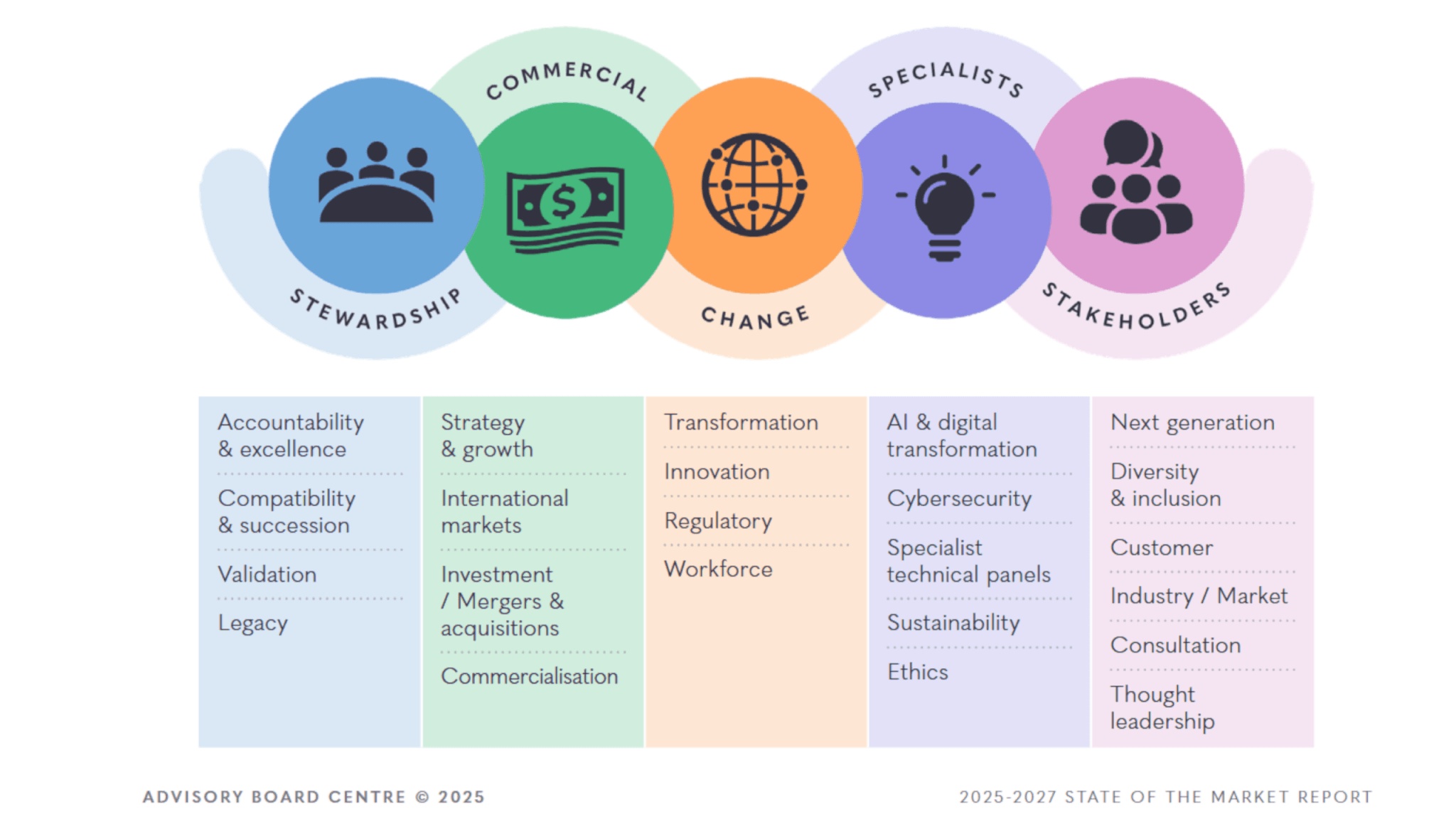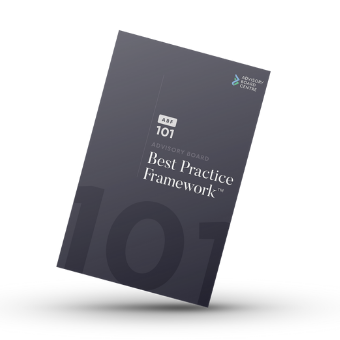
The Rise of Project Advisory Boards
Thought Leadership Articles
Published 22 November 2021
The concept of governance boards is changing, they are reducing in size (substantiated by the Financial Times) to be more concentrated on areas such as risk and finance. Project advisory boards are stepping in to consider and address core issues as an ecosystem of governance, as well as spanning a wide range of categories:

What does the increased utilisation of project advisory boards mean for the advisory sector? And how can advisors, Chairs and businesses alike be part of this movement? Here are some tips from Certified Chairs™ Deborah Biber and Sandra Poon:
- A project advisory board is not a decision-making body – it offers advice, it enables diversity. Not just diversity of gender or age, but diversity of thought with the expertise that is required for the project at hand, enabling a vision of future focus for the project.
- How do you find the right experts to facilitate this focus? Do not be afraid to reach out and scope your immediate network, and if you need to go beyond it, utilise the Advisory+ services to give you confidence in selecting the right advisors with independent thought.
- Specialist knowledge and experience enable a business to road test ideas before committing to, for example, a major investment or changing direction completely.
- Have a charter in place when the advisory board is established that everybody agrees on to ensure absolute focus on the objective or end goal/s. Without a charter from the outset, “it is not possible to have true focus, and will result in constant reviewing and revisions in order to not go off into a thousand different directions.”
- With the increased utilisation of advisory boards in a governance framework, boundaries are being tested and exposing a lack of good governance. Adopting best practice will assist in providing transparency of purpose and role clarity internally and to the market for businesses.
- Take consistent and governed intervals to ensure that the advisory board is aligned. This creates a formal and proactive opportunity to collaborate and connect with others on the board and with the executives of business operations.
Project advisory boards bridge the gap between corporate functions and operational assumptions.
A principles-led and formally structured project advisory board provides the ability for a business to progress. Learn more about best practice as an advisor and for advisory boards with our ABF101 Advisory Board Best Practice Framework™.




